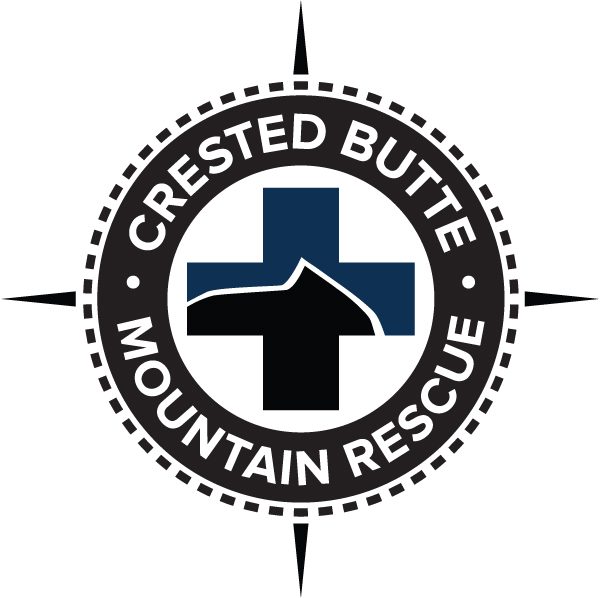The onslaught of disaster news can make preparing for one feel a little overwhelming. But each story also reminds us of the importance of preparation. The American Red Cross breaks down emergency preparedness into three basic steps:
- Get an emergency kit: If you’re an outdoorsy person, you may already own many of the supplies you’ll need, but you’ll want to be sure they’re easily accessible when you’ll need them.
- Make a plan: This will include details about shelter, evacuation routes and how you will communicate with members of your household.
- Become informed: Learn how to get emergency alerts, research likely disasters in your area, and learn how to maintain your emergency kit once you’ve assembled it.
Read on for more details about each step.
Get an Emergency Preparedness Kit
Start the process of disaster prep by putting together your emergency kit. Because getting ready to go camping and preparing to shelter in place are very similar, a lot of rugged outdoor gear and supplies you might already own are ideal for an emergency kit. The emergency preparedness checklist below includes links to outdoor gear and supplies that can also be used in an emergency kit.
You may not want to purchase outdoor gear solely for your emergency preparedness needs, though, because more budget-friendly alternatives exist. Canned food, for example, is more affordable for a home kit than freeze-dried backpacking food.
This list is meant to be a starting point: Alter it, adding and subtracting items to meet your family needs and considering weather patterns and likely disasters in your area. To learn more about what to include in your kit, check out the Ready.gov list and Red Cross list.
Emergency Preparedness Kit Checklist
Your basic home emergency kit should have enough supplies for 10 to 14 days.

